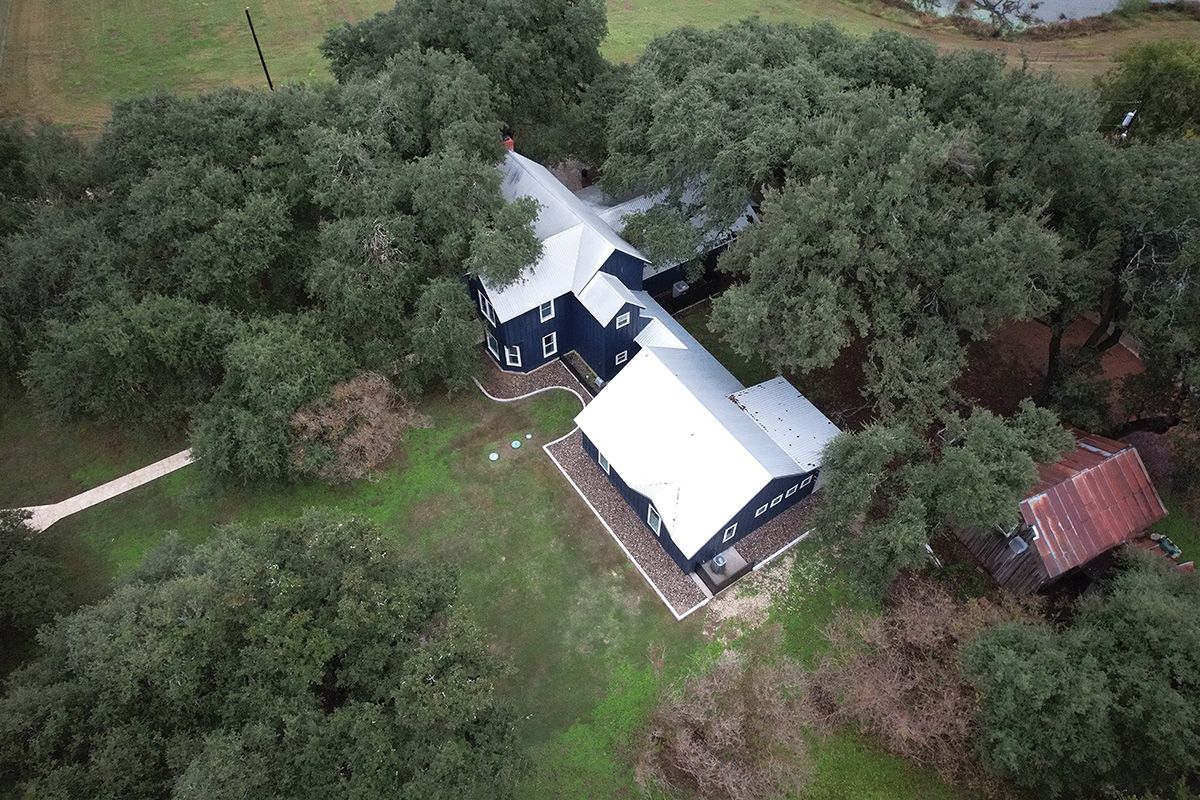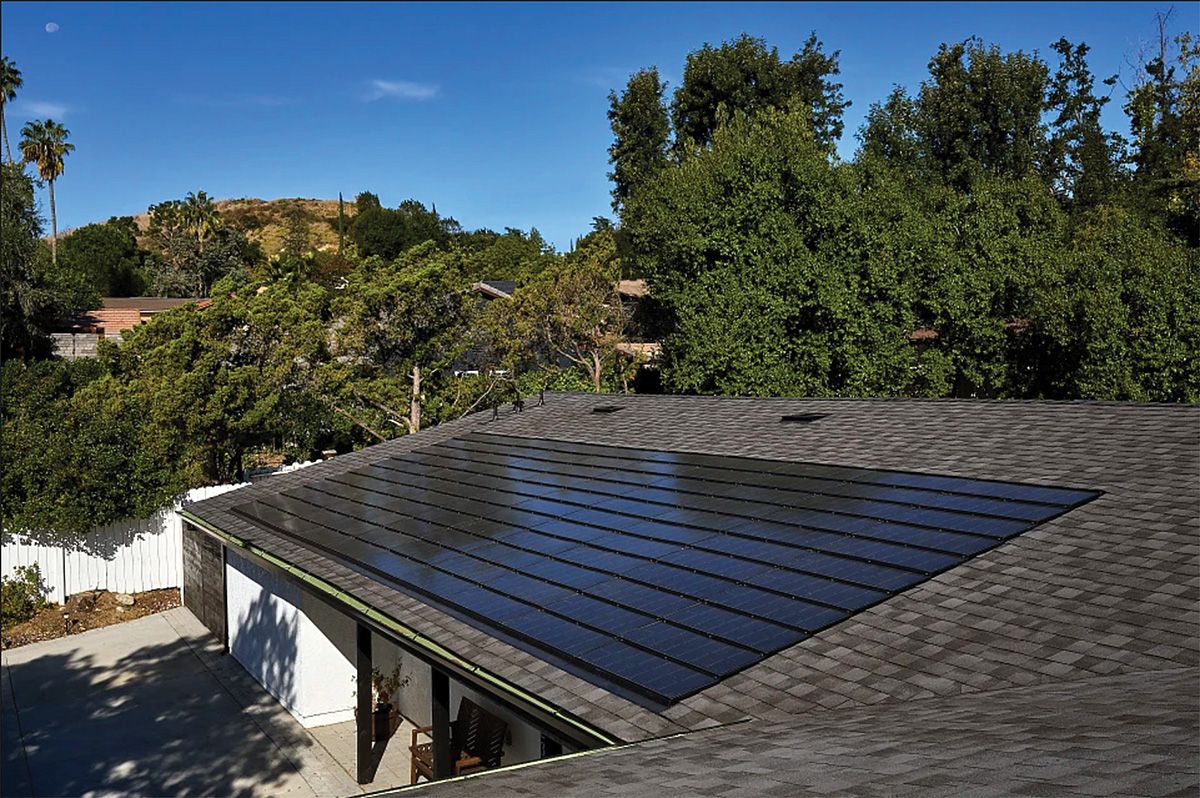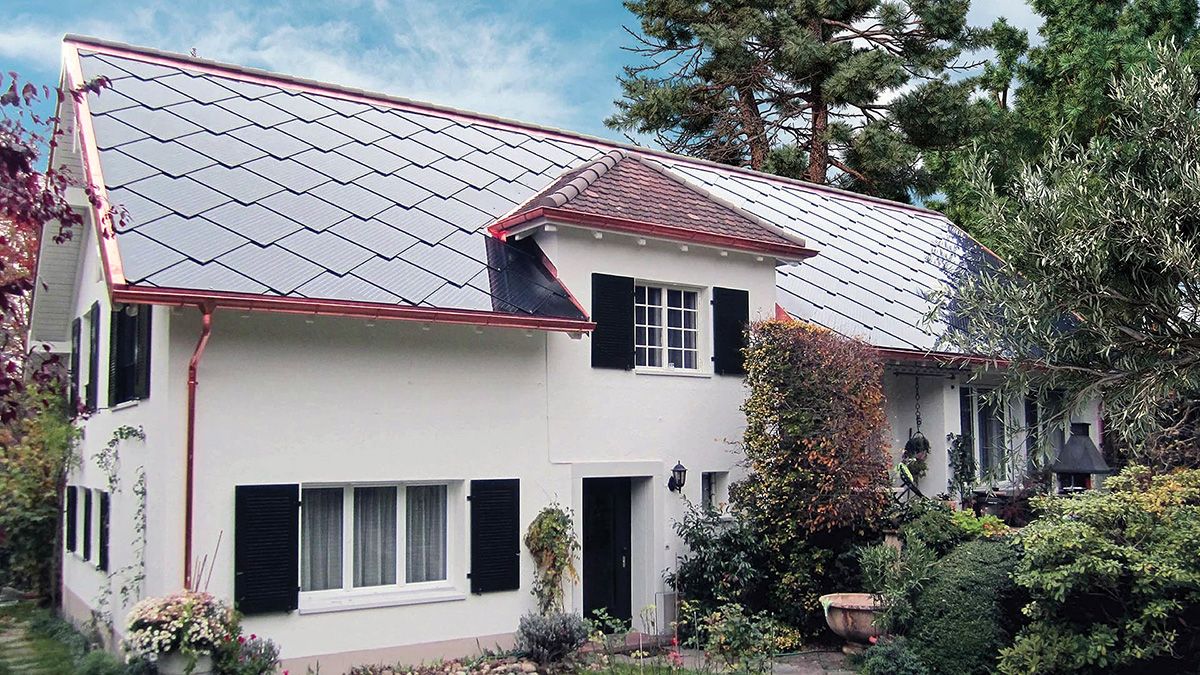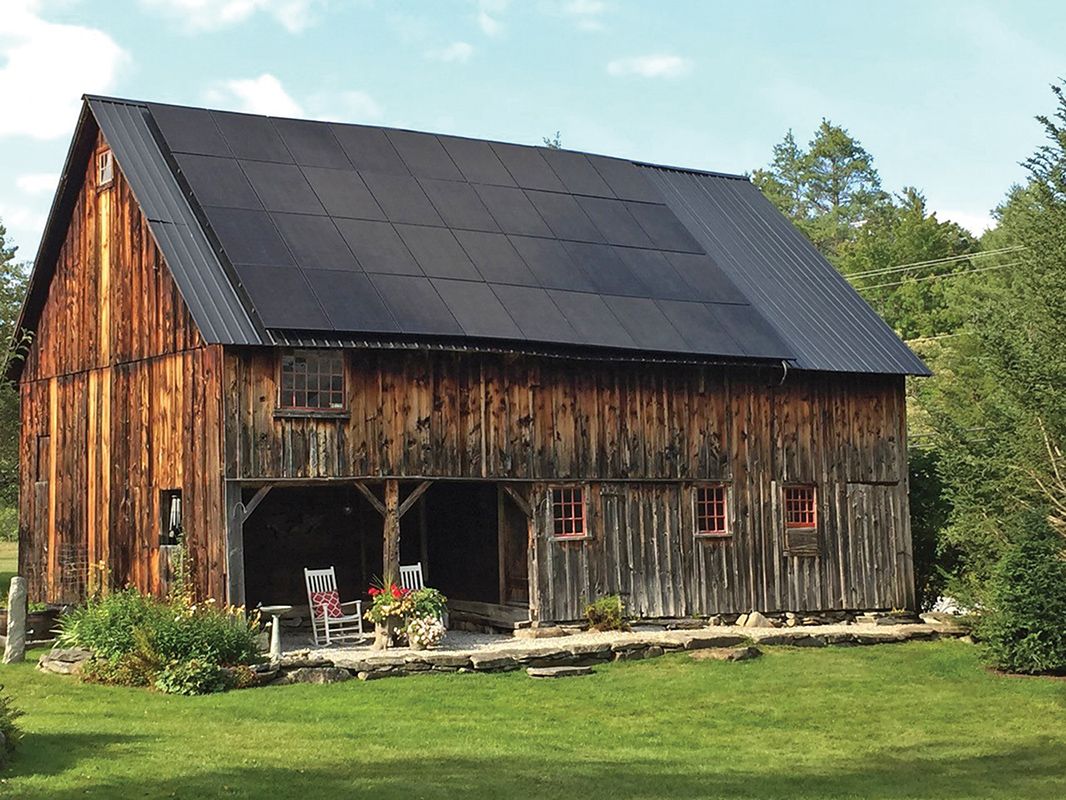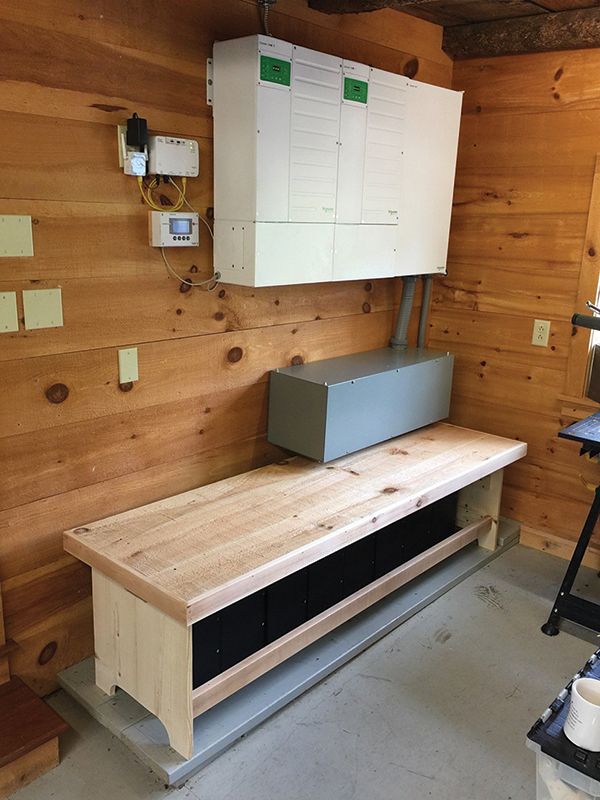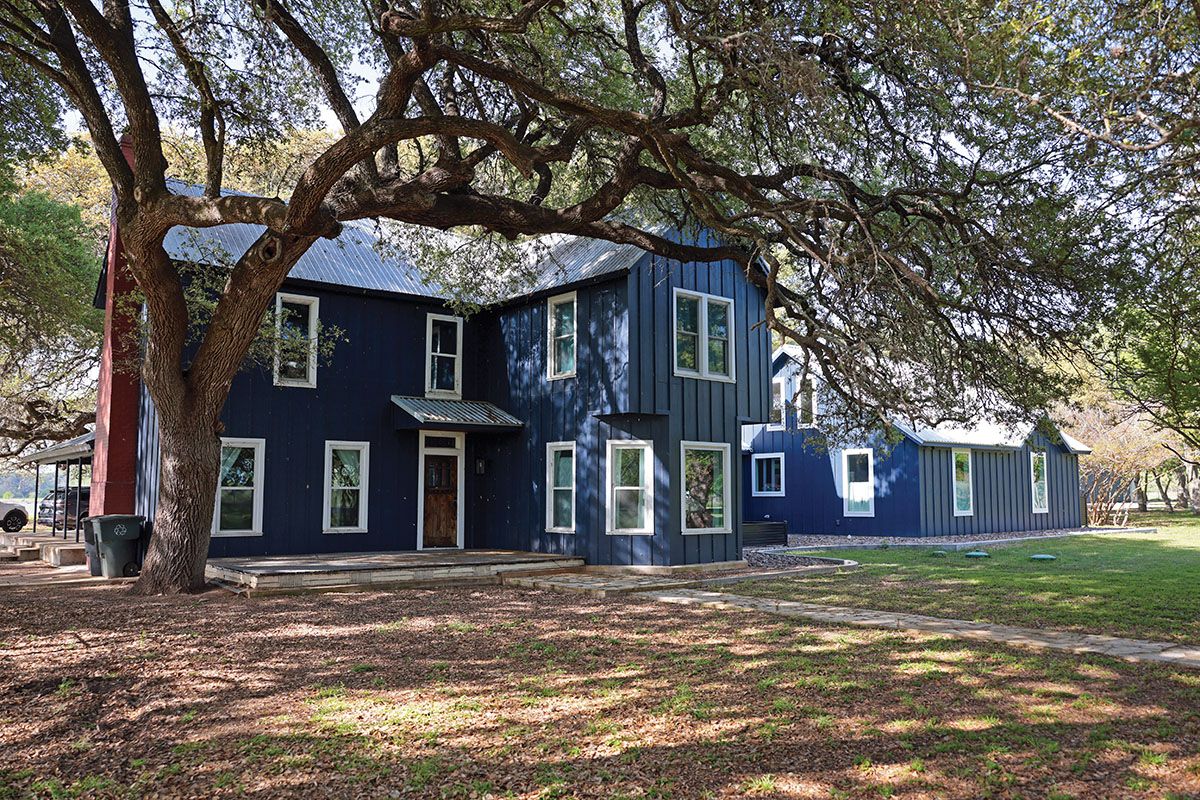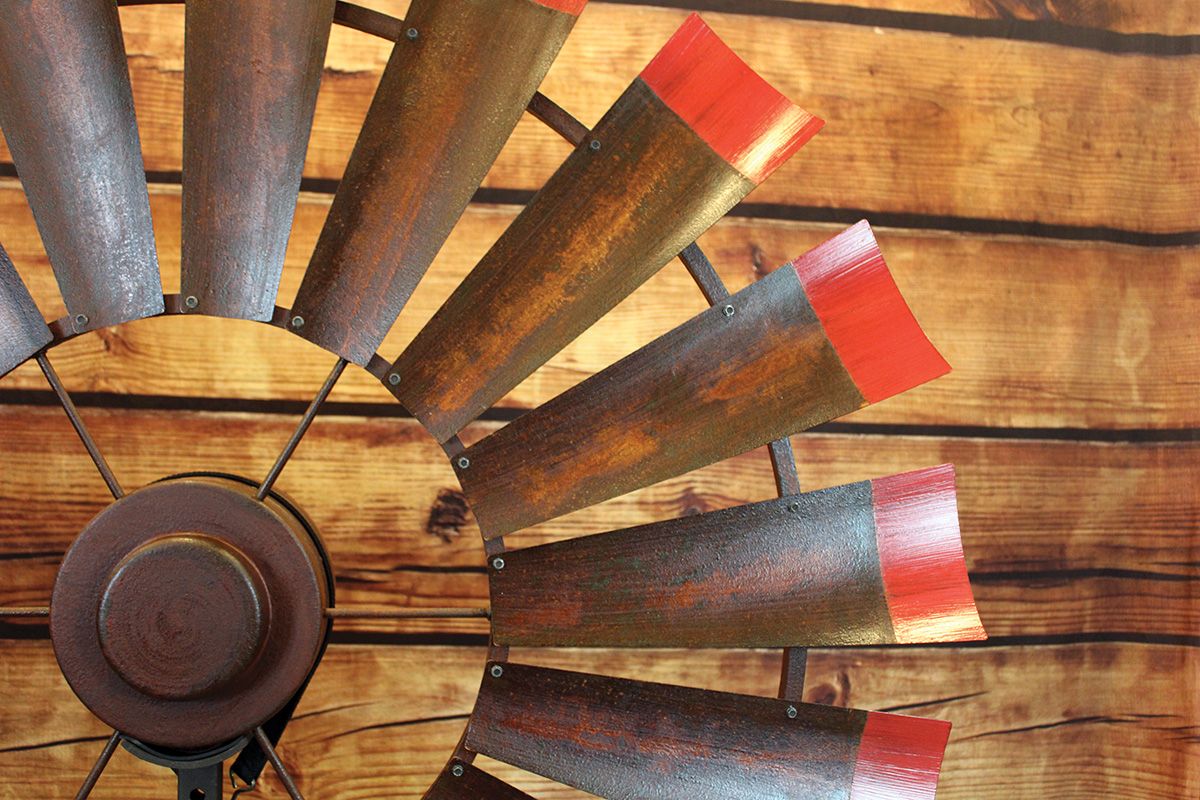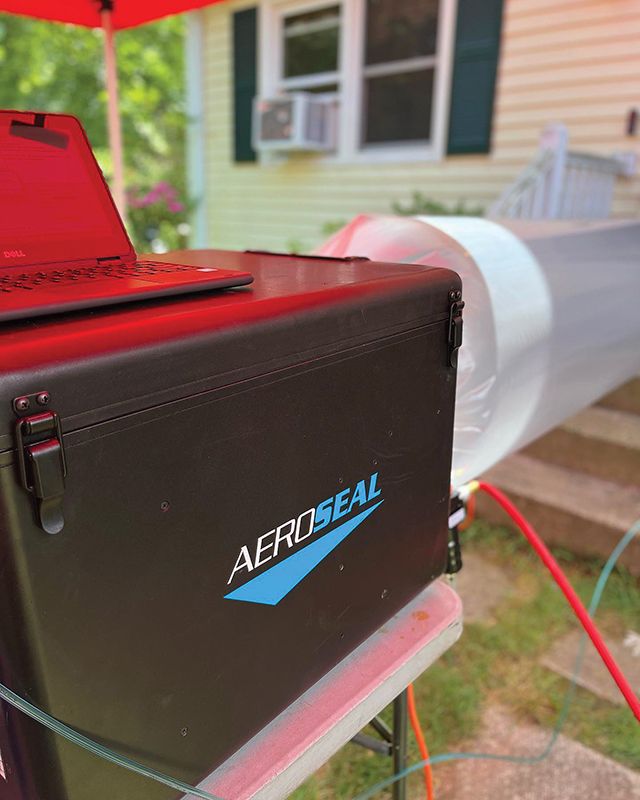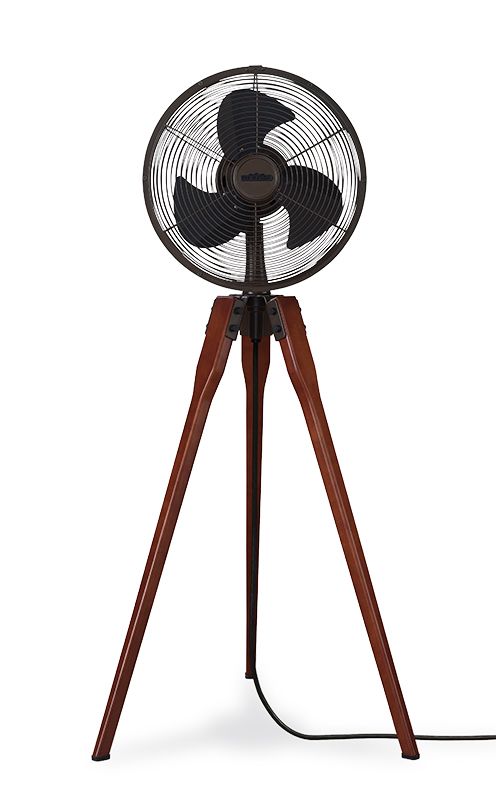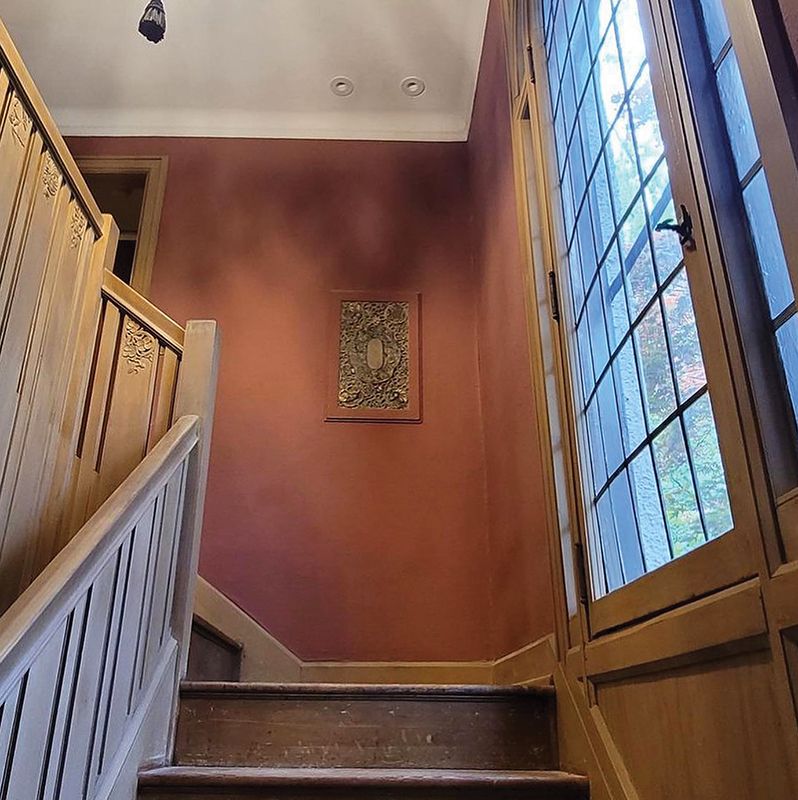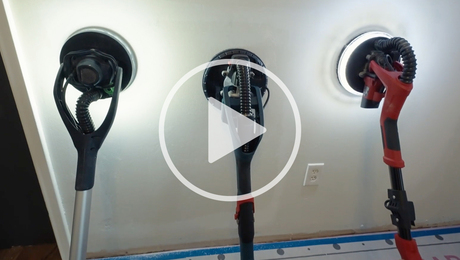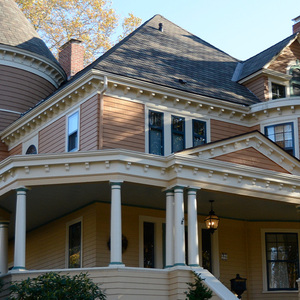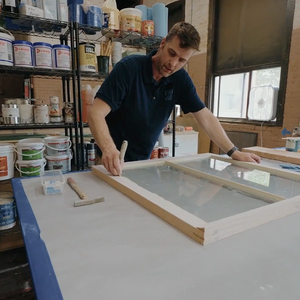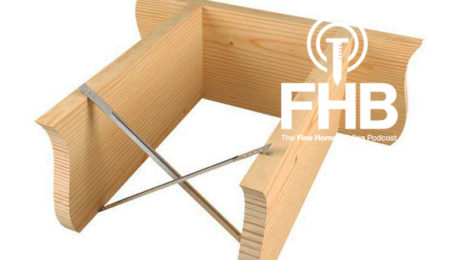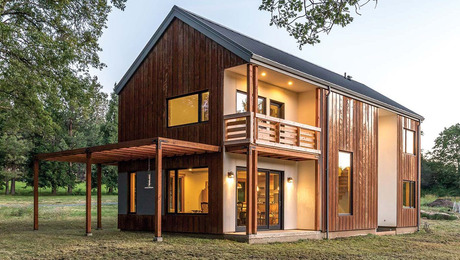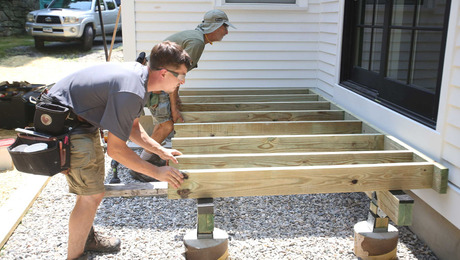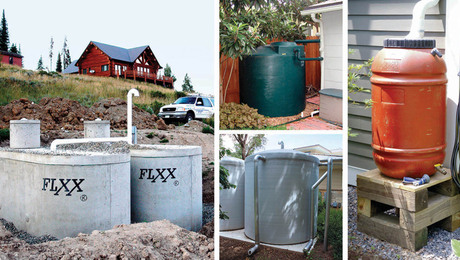Beat the Heat: Cool Innovations
In this time of weather extremes and power disruptions, it's important to learn from the past as we think about the future.
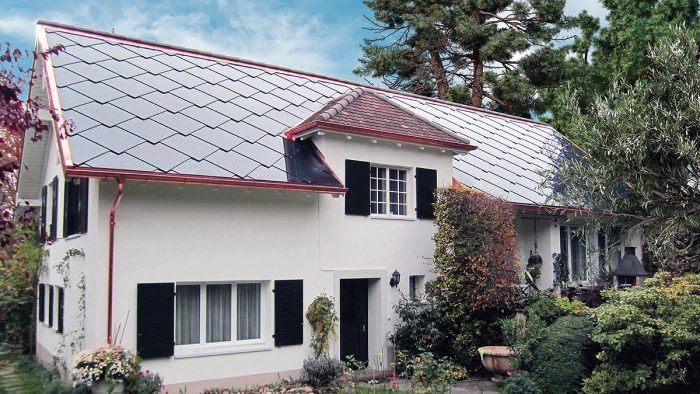
In this time of weather extremes and power disruptions, it’s important to learn from the past as we think about the future. Many of us live in houses that were designed to be comfortable year-round — owing to the height of the ceilings, the thickness of the walls, and the size of the windows. With volatile weather expected, we and our houses must continue to adapt.
Keeping an Old House Cool
As the northern hemisphere gets hotter, even technocrats promoting EVs and green energy are looking to historical precedent for ways to cool down buildings of every scale, from large apartment complexes to the average house. It’s as if we are rediscovering the smart building conventions that were a standard.
For example, dwellings in warm, muggy climates tend to have high ceilings for a simple, fundamental reason: warm air rises and cool air sinks. Transom windows were invented for a similar reason: they permit the circulation of air between rooms. In colder climes, the oldest houses have smaller windows to keep out drafts, with working shutters that can be closed against winter storms.

| The Pro Tip: A household airconditioning system typically uses 3,500 watts of power. Since an average solar panel generates 250 watts,14 solar panels would be required to operate just the air conditioning. |
Window Treatments
In the decades since air conditioning became ubiquitous, many windows were permanently shut, transoms painted over, and the operable shutters common on many styles of older houses seldom used. It’s time to rethink those decisions, because the best method for keeping a building cool is to prevent heat from entering in the first place.
Studies show that external methods of heat prevention are more effective at reducing indoor temperatures than indoor treatments such as blinds or drapery. In Europe, for example, shutters are routinely used to regulate the amount of sunlight that gets into a house or apartment while permitting fresh air to flow in. If you have operable shutters already, try closing those on the west and south sides of the house on a hot day. Consider adding awnings on the sunniest exposures.
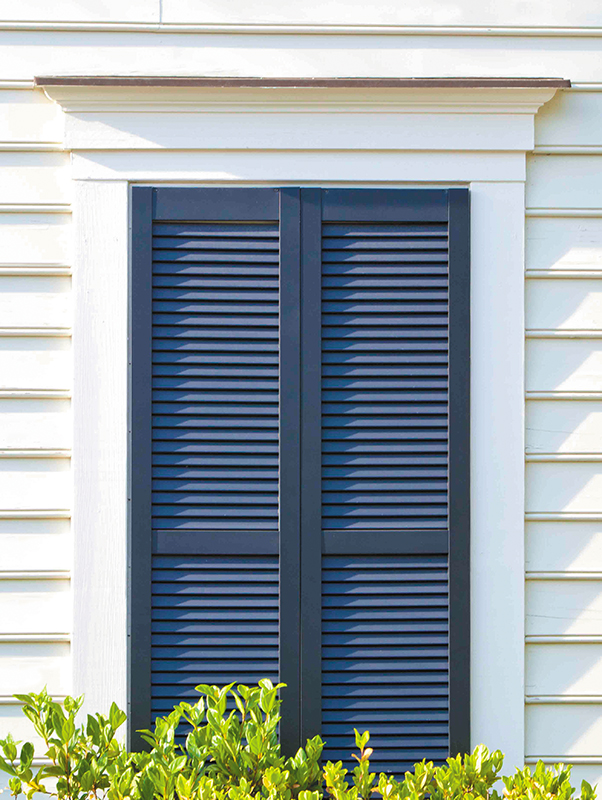
Color Matters
Using a lighter color on a house reduces heat absorption, while darker colors help retain heat. For maximum payoff, go with a lighter roof. The average roof accounts for up to one-third of the unwanted heat coming into a house, and most asphalt roofs do a poor job of reflecting sunlight.
The coolest roofs tend to be the flattest and lightest in color. Flat or low-sloped roofs with white, light-grey, or silver elastomeric or painted coatings can easily approach 100 on the solar reflectivity scale—meaning that most of the heat energy bounces back into space.
For homes with steeper pitches, cooling down the roof generally means installing a material specifically designed to reflect heat, like the so-called “cool shingles” mandated in certain parts of the country. Similarly, ditch the asphalt driveway for a lighter-color concrete one. Better yet, lay down a an openwork pattern of cobblestones or pavers, a system that allows grass to grow between blocks and also is permeable for retention of rainwater.
Foliage Fix
Other organic options include strategic plantings to cool the house and yard, from vines that climb on trellising on exterior walls to deciduous shade trees that lose their leaves in the winter. (Choose a species of vine that won’t destroy mortar or wood cladding). You might add a water feature to cool the sunniest part of the yard, preferably one surrounded by plantings that throw shade when the sun is highest and hottest.
No matter what choices you make to reduce the amount of heat coming into the house, it’s essential to have an effective, efficient heating and cooling system. Converting a fossil fuel-based HVAC system to one that consumes less energy may cost more in the long run, but again, think forward. We’re already 25 years into the 21st century. Will your house be ready for the next one?

Shingles Go Solar
A big knock on solar panels is their appearance: they usually clash with the house. Newer, low-profile solar shingles that install right onto the roof are more appealing, if not yet perfect. While you won’t mistake a solar shingle for slate or even asphalt, these tech wonders eventually pay for themselves through energy generation and savings in a way conventional shingles can’t.
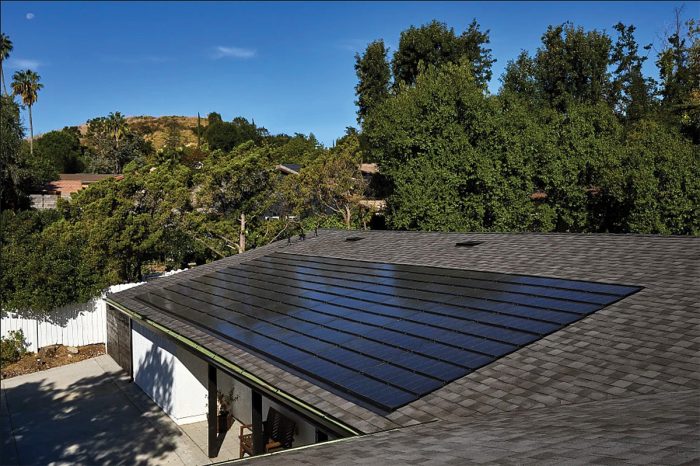
Solar shingles tend to be much larger than conventional shingles, and while they come in colors that may blend in, most installations do not cover the entire roof. They’re still noticeable, especially on the front of the house. Solar shingles and tiles also cost roughly double that of rack-mounted solar panels. Most generate fewer watts than solar panels.
They are, however, becoming more user-friendly. CertainTeed’s Solstice solar shingles are designed for fast installation by a shingle-roofing crew. They offer superior performance even on cloudy days and lead the industry for impact and wind resistance, including in hurricane zones. They cost about $4.50 per watt, higher than the average $2.67 cost per watt for conventional solar panels.
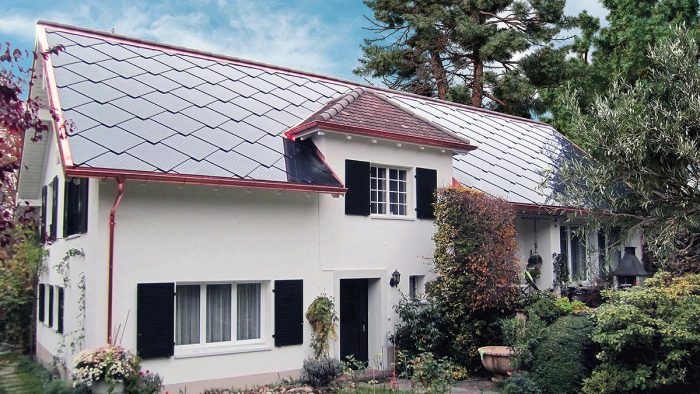
Inspired by Alpine slate roofs, SunStyle’s diamond-shaped solar tiles lay on the diagonal over a grid-like substructure, covering the entire roof. (Tiles are inactive in areas without enough sun to generate power.) The shingles can be integrated into any building, even those with complex roof layouts, and accommodate protrusions like chimneys.
A third low-profile option: thin-film solar panels. Most generate far less power than either solar panels or shingles and are better suited for the top of an RV rather than a house. The thin-film solar modules from Sunflare are the exception. The panels adhere to metal or membrane roofs with industrial-strength glue, without mounting hardware or penetration, and offer up to 180 watts of power per panel.
Whole House Power
It’s a modern dream but one that appeals to many old-house lovers: complete energy independence, including freedom from sudden or prolonged power outages. That’s in reach. Bob and Barbara Wells were already storing energy with backup batteries when, a few years ago, they decided to add a full solar package to their 1812 Vermont home. They wanted enough power to get rid of their “onerous” electric bills and see them through any outages.
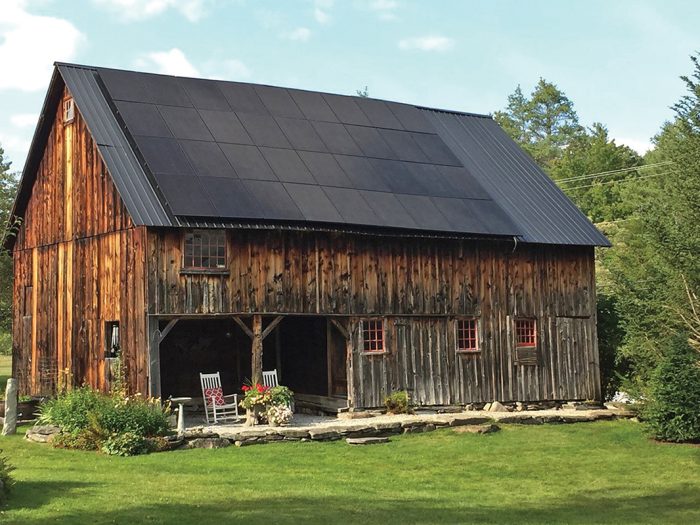
The couple even had the perfect place for the 44 black SunPower solar panels they ordered: the south-facing side of their 175-year-old English barn. (To help the panels blend in, they painted the barn’s metal roof the same shade of black.) The solar panels deliver energy to the house and barn via a Schneider inverter to eight Briggs & Stratton 3.8kWh batteries.
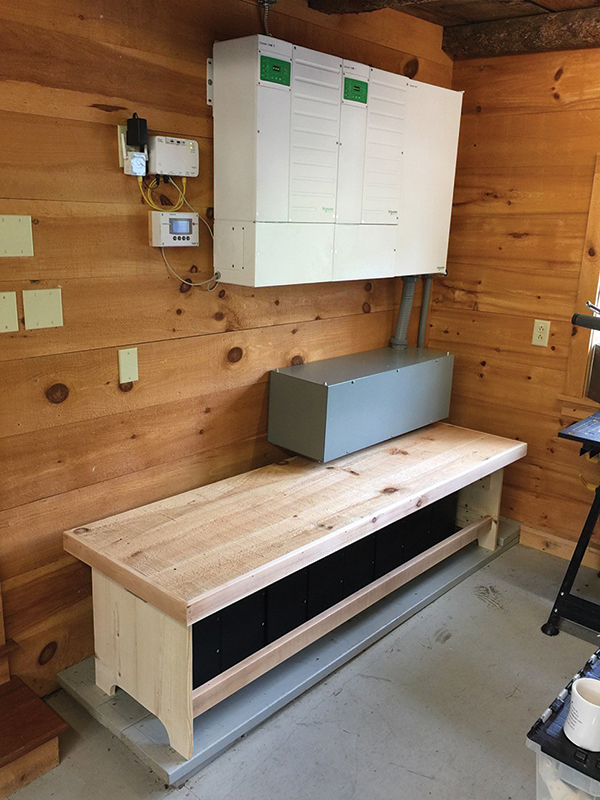
Wiring an antique house for solar may present challen-ges, says the installer, Bill Laberge of Grassroots Solar. Fortunately, the electrician hired had previously worked on the house and was able to identify which service panels needed updating.
“We had to physically get the solar wiring into the service panel that’s powered during an outage,” Laberge says, “so it was a tricky run from the barn, into the house, and through some passageways.”
The Wells’ system stores enough power to keep the furnace and critical household appliances going during a prolonged outage. Bob says, “I can get three straight days from the batteries to essential items. The sun usually comes out during that time and batteries recharge. I use the solar app daily to figure out how what I’m getting out of my panels.”
After Brooke and Justin Regner endured a six-day power outage at their 1875 Texas farmhouse, during a deep freeze in 2021, they decided to go solar in a big way. They installed 70 Hanwha solar panels, three Sol-Ark 12K inverters, and 12 Briggs & Stratton 3.8kWh batteries on a barn close to the house.
Connected by an underground tunnel, the setup provides enough energy to power both the barn and the 4,000-square-foot house, where the air conditioning runs nine months of the year. “I don’t even notice when our electricity goes out because the batteries kick in automatically,” says Brooke.
“Our next step is to get the addition to our house wired and then we’d like to go off the grid completely. It really gives us peace of mind, knowing we’ll always have power no matter the weather or what’s happening with the local grid.”
| The Pro Tip: On rare days of excessive heat, damper-like vents in the attic are still used to let hot air out of historic houses in Nantucket. |
Mind the Gaps
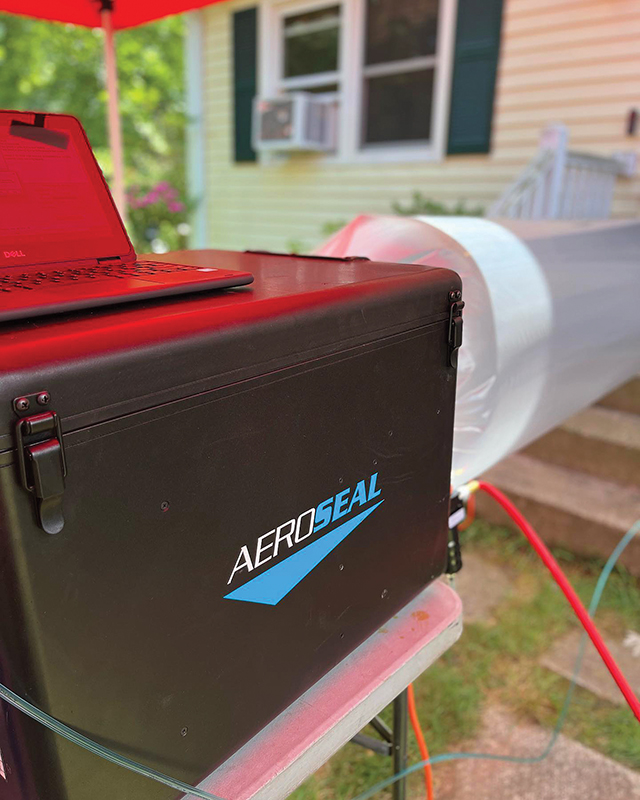
Houses where HVAC systems were added later tend to be leaky, losing heated or cooled air through unseen cracks or gaps in ductwork. Normally, sealing small leaks requires searching for and filling gaps by hand, a time-consuming and costly process. A method first developed by Aeroseal 30 years ago takes a different approach.
First, air leaks are identified with computer tracking. Then a nontoxic aerosol sealer is released. The fog-like sealer—made from components common in chewing gum and baby pacifiers—follows air currents to the sources of leakage, then seals them closed. For an average-size house, the process can take as little as an hour and cut leakage by up to 80 percent.
Sealing air-duct leaks leads the list of ways to save on household energy, according to a recent study: more than insulating a basement or attic, and up to five times more than window replacement. In addition to energy savings, the house will feel more comfortable, with less dust and fewer hot and cold spots. While the Aeroseal method is a boon for houses with inaccessible ductwork, it won’t fill holes larger than 5/8″, which still require hand patching.
Just Like Breathing
Want to cool down a room quickly? Turn on a fan. A fan cools down a room through convective heat transfer—in essence, displacing warmer air in direct contact with your skin or other surfaces. Faster moving air also speeds up evaporation, which makes us feel cooler.
Fan options range from portable floor and table fans ideal for spot cooling to fixed ceiling fans and whole-house fans. Ceiling fans help circulate cool air to hard-to-reach parts of the house, reducing the strain on air-conditioning units. They are especially effective in hot climates and in houses with vaulted ceilings, where the air temperature under the roof can easily be 30 degrees higher than at floor level, unless there’s a means of circulating and evacuating the heated air from the building.
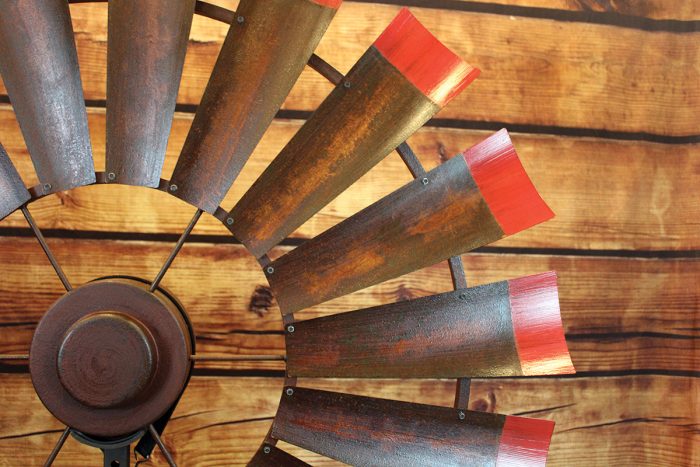
Whole-house fans pull cool air into the house from the outside and exhaust warm air through the attic. They work best at night, or whenever the outside air is cooler than the inside. Although the technology has been around for many decades, manufacturers have come up with innovations in recent years, including solar-powered whole-house fans and units that work in houses that have limited attic space.
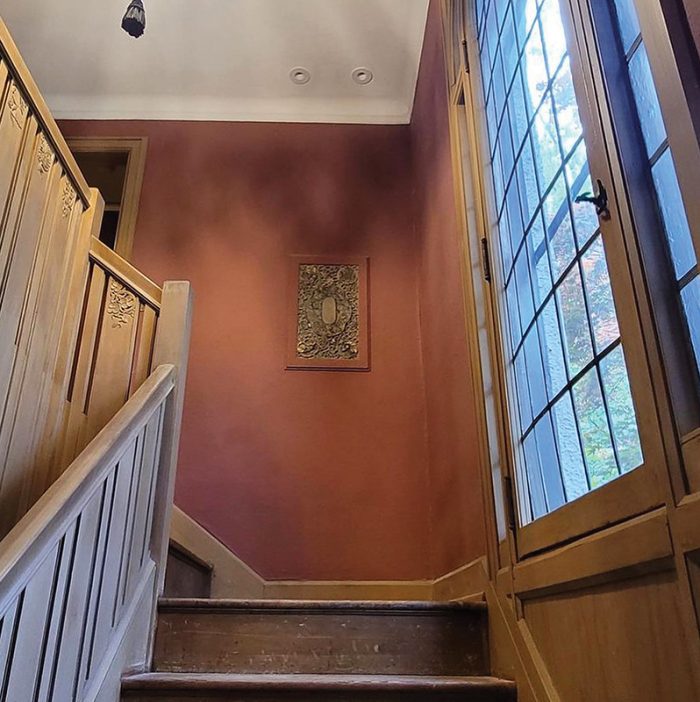
Whisper Quiet
Need air conditioning or a new HVAC system but still not ready for solar? Consider a small-duct, high-velocity system that circulates cool air in summer and warm air in winter by super-quiet aspiration. Systems from SpacePak and Unico pump high-velocity air into any room in the house, creating a gentle circulation pattern that produces relatively even cooling from floor to ceiling.
Flexible, mini-duct tubing is small enough to be routed between studs in walls and in cavities under floors and above ceilings. Small circular outlets measure less than 4″ across, making this innovative system ideal for houses with inadequate ductwork or no ductwork at all.
RELATED STORIES

